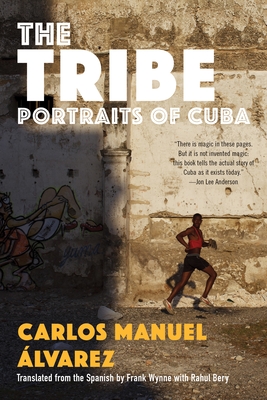The Tribe: Portraits of Cuba (Paperback)
Description
Teeming with life and compulsively readable, the pieces gathered in The Tribe aggregate into an extraordinary mosaic of Cuba today. Carlos Manuel Álvarez, one of the most exciting young writers in Latin America, employs the crónica form—a genre unique to Latin American writing that blends reportage, narrative nonfiction, and novelistic techniques—to illuminate a particularly turbulent period in Cuban history, from the reestablishment of diplomatic relations with the United States, to the death of Fidel Castro, to the convulsions of the San Isidro Movement.
Unique, edgy, and stylishly written, The Tribe shows a society in flux, featuring athletes in exile, artists, nurses, underground musicians and household names, dissident poets, the hidden underclass at a landfill, migrants attempting to make their way across Central America, fugitives escaping the FBI, and dealers in the black market, as well as revelers and policemen in the noisy Havana night. It is a major work of reportage by one of Granta’s Best of Young Spanish-Language Novelists.
About the Author
Frank Wynne has translated the work of numerous French and Hispanic authors, including Michel Houellebecq, Patrick Modiano, Javier Cercas, and Virginie Despentes. His work has earned him many prizes, including the Scott Moncrieff Prize, the Premio Valle Inclán, and the IMPAC Dublin Literary Award with Houellebecq for The Elementary Particles. Most recently, his translation of Jean-Baptiste Del Amo’s Animalia won the 2020 Republic of Consciousness Prize.
Praise For…
"Displacement is a state of unlimited potential: when you are nowhere, you could be anywhere. The Tribe: Portraits of Cuba depicts a Cuba in-between, haunted by infinite possibilities."—Morgan Graham, Chicago Review of Books
“That rarest of books about a people that achieves a restorative function without idling in a documentarian mode, The Tribe’s gift to its subjects is not raising them as a hot topic, but by preserving their dignity in spite of the headlines.”—J. Howard Rosier, Words Without Borders

